Saxophonist Jane Ira Bloom has been making music her way since the 1970s. The Grammy-winning soprano saxophonist was the first musician commissioned by NASA's Art Program, and an asteroid, (6083) Janeirabloom, is named after her. Her new album, Songs in Space, takes her longtime fascination with immersive audio to new heights, where no jazz band has gone before.
We began our talk by revisiting a discussion we had in 2023 about her pandemic-era experiments in remote recording, which resulted in the acclaimed 2.3.23, with bassist Mark Helias and drummer Bobby Previte. We expanded our talk to discuss her return to live studio sessions, how art makes sense of science, the business of running her record label, and more.
Jane Ira Bloom came up during New Haven's creative music boom of the mid-1970s and still draws inspiration from space exploration and the physics of sound. She discusses why NASA recognized early on that artists could capture something about space travel that science alone couldn’t, and how the brain processes sound as it moves through three dimensions. Her music lives where improvisation meets technology, where ancient musical instincts collide with cutting-edge recording techniques.
Lawrence Peryer: We last spoke a couple of years ago, when 2.3.23 came out. You used the technology available to you at the time in such a novel, interesting, and productive way. But now you're back in the studio. Did you draw any lessons or takeaways from the remote recording experience that inform where you are now?
Jane: Absolutely. Location—there's nothing like it. Of course, musicians like to be physically near each other. Even when we're in the studio and we're in the isolation booths, line of sight is important. Making sure that we're hearing each other in a present way. It's very connective. It's great to be near the musicians you’re playing with physically.
What did I learn? I developed a lot of skills. I learned a lot from remote recording, especially through my collaboration with bassist Mark Helias. Spontaneously, we decided to let go of the idea of compositions per se. We were improvising completely and openly in the moment, creating these spontaneous compositions.
We were in an unfamiliar scenario with the headphones and the latency, and some other mystical, magical thing starts taking over. When musicians want to play together, they find ways to hear and make remarkable adaptations in their minds. Mark and I can't even fathom how we did it. How do you play in time when the technology says, "No, you can't. It's a delay"? We did. I don't know. That's all I can tell you. It's mysterious.
Lawrence: Is there anything from that experience that you now apply moving forward?
Jane: I think certain things were amplified, some concepts that have always been really important to me. "Less is more" has become increasingly important, especially as I’ve been exploring the world of surround sound immersive audio, where I know the music will be perceived differently than in stereo. It makes me think about the choices I make improvisationally and with the ensemble in a different way.
Lawrence: A couple of years ago, I was talking to an engineer, and we were discussing the trend of many artists revisiting and reworking their catalogs because there has been significant demand from streaming services for immersive audio. I remember him saying to me, "No one's really made a native immersive audio work yet, music that takes advantage of this format."
Jane: There are some artists who are intrigued by this idea that even composing—and I'm an improvising composer—thinking about how you improvise in this environment has to be different if you've thought about it. I've made four, five, or six immersive projects working with engineers Jim Anderson and Ulrike Schwarz, who are specialists in immersive sound. They're like the go-to audio engineers recording at a very high resolution level.
I've given a lot of thought to how we’re mic’ing, recording, mixing, and mastering with this new idea about sound being part of a much larger soundscape than we usually consider. And in Songs in Space, this new project, I actually thought about which compositions I chose, which I thought would work best. I had conversations with the musicians before we started recording in the studio about how we were going to approach improvising on these pieces, which are rooted in the new jazz tradition and all that. But the kind of thinking that was going on in the improvisers who were reflecting and reacting to one another in the moment, we talked about leaving more space, using silence as a positive energy, and using the negative space in a positive way—and more so perhaps than we would normally do in a blowing-out, improvised jazz session or something. This was very different, and everybody was thinking in those terms.
So yes, less is more, from my point of view. If you're going to be perceiving sound in space, the little bit of neuroscience that I've read tells us that the brain actually needs more time to process this other dimension of sound—directionality, the fact that sound is coming at you in space, not just front and center. The brain actually needs the time and silence to delight in it.
If you listen to the album, that’s why, in particular, we're dealing with a lot of sound and silence issues musically—to leave the listener's ear time to luxuriate in "Where's the sound coming from?"
Lawrence: What are you hearing in your headphones when you're recording? It’s not immersive in real time, right?
Jane: No, it's not, but our minds are. Of course, we're listening through stereo headphones. But what it is that we're thinking about the ultimate end product of the music that we're making is very different.
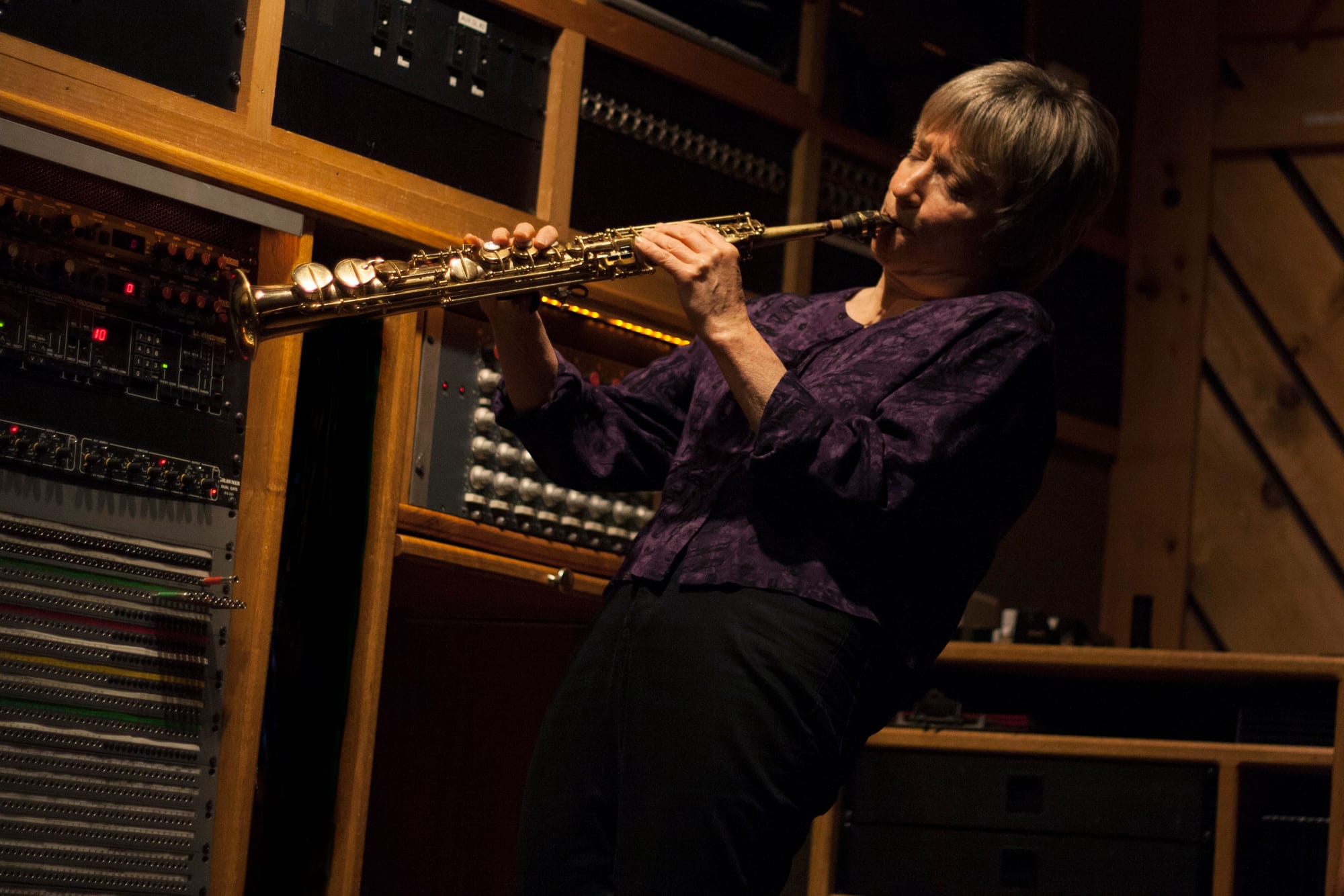
Lawrence: I'm curious about how you chose to sprinkle in the couple of standards that you did, given the technical or aesthetic aspects that you just discussed. Where do those tracks fit in this project?
Jane: If you look at my work, I've always recorded those in all my projects, but in this one in particular, it's really about my interest in the somewhat different gravity of the arrangements. In other words, there's a different weightlessness about the way I was approaching the arrangements of these songs. It's a little bit of unanswered questions and a little bit of harmonic ideas that don't resolve in the place that you expect them to. That's all part of how we played these songs.
Songs in Space is a reference, of course, to songs being placed spatially, but also my long-term interest in space exploration, sound, and imagining what music might be like in a zero-gravity environment. How might it be different, or how might we change, or how might sound change when it moves? Those things have always interested me.
Lawrence: Have you spoken with anyone who has listened to music in space?
Jane: No, and I would love to have that conversation, but I never had any personal conversations with astronauts. I certainly read a lot of literature and things about it, but no, I've never had that opportunity. What a wonderful thought. That would be an interesting conversation.
Lawrence: I've heard plenty of apocryphal stories of astronauts bringing music, even on the Apollo missions. Certainly, I would bring music if I were given the chance.
Jane: I did have one encounter with an astronaut. When I premiered the commission that I wrote for NASA at the NASA Space Center, we were fortunate to have astronaut John Young give the introductory remarks before the piece began. It was a piece for chamber orchestra and improvising musicians, and surround sound. It was a lot of fun, but John Young gave a wonderful lecture, during which he showed a PowerPoint presentation of personal photos that he had taken on the moon.
And he's showing these beautiful images. I'll never forget this one thing that he said at the end of his talk. He said, "No matter how many photographs you take, no matter how much information you might get about what it's like to be on the moon, nothing can communicate the shades of gray that I saw anywhere close to what it was by looking at these photographs." And he said, "It's in the realm of artists to try to help communicate to you what I saw and felt." I thought, "Wow. That's beautiful." So, in terms of visuals, he said it takes an artist to communicate what he saw. These photos, he said, don't do it.
Lawrence: Did you see all the comments William Shatner made when he came back from going into low Earth orbit? He was, I would almost say, devastated by the experience, and I've heard him talk about it in a few different interviews; he can barely get through describing it.
Jane: The phenomenon that the astronauts talk about is seeing the whole planet Earth for the first time. Seeing it as the planet that it is, it overwhelms them. They refer to this as the overview effect, and it’s a powerful emotional experience.
Lawrence: I think it would be so beneficial if more of us could get that experience. "Riding My Planet," "Better Starlight"—these are different takes on the relationship to your planet and space. "Riding My Planet" to me seems personal and intimate, while "Better Starlight" feels pretty aspirational. Tell me about those tracks.
Jane: Talking about titles is hard for a musician. They're like springboards for your imagination, both why I call them what I do and how you perceive them when you listen. Given what's going on in our world right now, I think I've found solace thinking in a galactic way about where my imagination and music can go. I have a feeling that's what spurred a lot of my thinking to get my musical thoughts off the planet, because that's where I needed to be to think more openly about what's out there. I’m feeling a lot of distress about what is happening on our planet in all kinds of ways—politically, in terms of climate, in terms of all sorts of things. I think that, underneath it all, there’s a need to ascend in my imagination.
Lawrence: It sounds like through that practice of looking outward, there's some liberation from the stress and the inputs of the reality here. Without that distance-making tool, it might harm you or harm your creativity, or at least limit you.
Jane: I don't know about that, but it certainly reinforces the feeling of freedom in your creativity. And certainly a reduction of stress that we, as a population—the human population right now—are experiencing in all kinds of ways. So I think there's truth in that, in your perception.
Lawrence: Tell me a little bit about your work with NASA.
Jane: I must say I’m not in contact with NASA Special Services as I was when I did the commission. The person who was head of the NASA Art Program at the time—Robert Schulman, a fantastically creative artist—has passed away. And NASA special services was taken over by Bert Ulrich, his protégé, and he's running it today. But I haven't been in contact with them.
My interest never flags. I'm still looking at all those pictures, galaxy pictures of the day, latest press releases, images that are coming in from the brand new telescopes that are looking deeper into the universe than ever before. How could you not be fascinated by looking at that stuff? So my interest never wanes.
Lawrence: Did you ever understand the "why" of the art program?
Jane: Just like what John Young said. That's precisely why it existed. And they commissioned many high-level visual artists as well. Robert Rauschenberg contributed to their art collection. It's incredible—no small choices. I met many outstanding artists while I was on the team.
As John Young said, it’s a belief that something of an emotional nature is communicated to the public about space exploration in a way that science cannot do. The fact is that NASA believed in this from the very start of the space program. We're talking about the very first space missions—they’ve had artists on the scene observing, watching, and contributing works of art, which is a testament to that vision.
Lawrence: It's so incredible that there was a time when our government had vision like that and employed visionaries like that. I'm sure some wonderful people still work in our government, in the civil service, and elsewhere. No slander on our government workers. But to make that a priority and to fund something like that...
Jane: Yes, it takes vision.
And there's a whole lot to NASA beyond the manned space missions. I had access to the Pasadena Jet Propulsion Laboratory, where I was able to see some of the latest telemetry coming in from deep space probes and other sources. It’s pretty remarkable when you think about it. At the base of all this was a belief in exploration that isn’t very far removed from that of an improvising musician.
Lawrence: You mentioned earlier that you wanted to leave space in the music, to think about being a little more spacious and spartan, and communicate this to the other musicians. Did you have to tamp down some of your inclinations around electronics or extended technique?
Jane: I don't know. I wasn't using electronics, probably for technical reasons more so than any aesthetic reasons. But in terms of the choice of what we did in the improvising, I think our minds were thinking about the attack and the decay of sound. As improvisers, we were quite virtuosic, and we can play flurries and flurries of notes. However, I think that with Bobby, Mark, and Dominic, and in my mind when we were doing this recording, we were thinking about making sounds that would extend in resonance for a little longer than we might ordinarily allow those things to happen if we were just knocking our socks off and blowing. There was a lot of thought that was going on as we entered into the improvisational field.
And when we were connecting and bouncing ideas off one another, I don’t know about the other guys, but I had an image in my head of literally physically bouncing sound ideas over to the different musicians. It was almost like a physical idea of painting the sound in the space or passing a sound that had to move through space to the other musicians. So that was going on in some imaginary way.
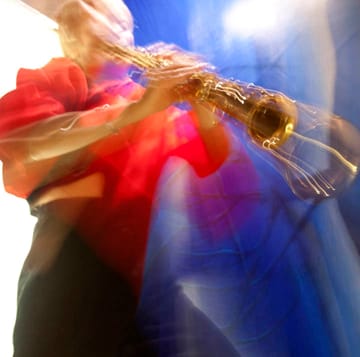
Lawrence: Hearing you talk about it, and your embrace of the immersive world—it almost sounds like it's an attempt to bring the listener closer to what you as musicians experience in the room together.
Jane: I've always been a visual thinker and a space carver. Even when I'm creating sound in space, it feels like a sound sculpture to me. So if immersive, surround sound helps bring an audience, a listener's ear into what is very intuitive for me as a musician, yeah. Let's do it. Because yes, that's a very intuitive part of my musical self. The movement that I use when I play, the way I think visually of placing sound in space—I want to bring people into it because that's really what's going on inside.
Lawrence: You've been on the front lines of so much change on the business side as well as on the music side. I talk to a lot of artists, and it seems like everybody these days—through either choice or feeling forced to—has started a record label. How common was it when you decided to set up Outline Music in 1976?
Jane: Let's start in the beginning. There weren't many record companies signing new young artists to their labels. It just wasn't happening. I was in New Haven, Connecticut, and there was a wonderful community of musicians, including many illustrious improvisers, there at that time. They call it the New Haven Renaissance. I could go down a list of musicians that would stagger your mind.
I was playing duets and writing original music with bassist Kent McLagan. We had some important music that I wanted to document. And in those days, you had to make a record. So, how do you do that? I was inspired at the time by composer and trumpeter Wadada Leo Smith, who was in New Haven, and who was very much on the page that when you have important music to document, you do it yourself. You figure out how to make a record, and you make it. You make a record label and you do it. He inspired me, as he did many other musicians, to start my own label.
It was trial by fire, learning how to record the best quality I could back then, and then printing an LP, mixing, mastering, and all that. At that time, Carla Bley’s New Music Distribution Service was a means for independent artists to get their LPs to critics. And believe it or not, that's how my very first album got to the ears of prominent jazz critics at the time. I continued my label for several albums, and then when I was asked to record for both Enja Records and later CBS Records in the 1980s, I was an experienced record producer as well as a creative musician.
And even when I was at CBS from 1986 to 1988, I was one of the very first jazz artists they allowed to produce their own album. I was in charge of the entire budget. And it's because I had experience learning all the things that you have to learn when you do it yourself.
I've been through various stages of my career, recording for labels like Arabesque Records. When the companies folded, I bought the master tapes and then returned to where I originally started, releasing all my projects on the Outline label, which is where I began in 1976.
I know how to do it. I can do it better than a record company, to be honest, because I know more about what this genre of music requires. And so it's been a lifelong skill and companion to my musicianship—learning not only how to make the music but how to document it with the highest sound quality that I know how, and collaborating with engineers like Jim Anderson and Ulrike Schwarz who deal with sound at a very high resolution level. It's been a journey, but ultimately those skills that I learned back in 1976 have kept me in good standing through an entire career of recording. Twenty-three albums later, here I am.
Lawrence: If a young person wants to emulate that model, they can incorporate an LLC online. They can get a tax ID number, then record, mix, and master. They can send off the files, whether they want to manufacture something physical or not. Let's not call it easy. Let's call it ‘easier’ because I don’t want to diminish what creative people have to do when they take on all that other work. But that's not how it was in the 1970s.
Jane: Learning how to make albums in the old school way, the way I'm talking to you about—LPs and learning all the steps of the process from mixing to mastering—it gives you a healthy understanding of how you must maintain quality at every step of a musical project, whether it's the cover, whether it's the sound quality, whether it's the mixing. There are eight million ways for something extraordinary that you've created in a musical studio to lose its impact, to become homogenized, to get weeded out. That's what that old experience teaches you: not to give up on any sound quality decisions or artistic decisions anywhere along the line of what it takes to make an album.
You are right. Digitally, it's easy to record. You could make a quick mix. You can master it. But there are many details to all those sequences. Take mastering, which in the audio world is often referred to as ‘the dark art.' Most people don't know what mastering is. After you've mixed an album, there's an engineer who puts a final gloss on the sound that makes it the commercial product that you hear. It’s not amplification, it's like expansion, and it's mystical. It really is a dark art. So there's a lot that goes into making the impact of the sound that you want to get from the very sound that you make on your instrument to what comes into people's ears when they listen to your recording and what makes it stand out.
Lawrence: I'm a teetotaler these days, but I always tell people who want to understand mastering that it's that little bit of vermouth on the martini.
Jane: That's a good metaphor!

Lawrence: How do you view your responsibility as a teacher and the privilege of teaching? What does it bring back into your creativity?
Jane: To be honest with you, I am the most reluctant teacher on the planet. I've been a full-time faculty and tenured professor at the New School for Jazz and Contemporary Music at New School University for almost twenty-eight years, and I started when I was like forty-four. I've been doing it for a while. Perhaps it’s that reluctance that makes me treat the whole educational experience as closely as possible to what's real in my musical experience as a performer.
I don't talk about concepts. I talk about stuff that I know because I do it. It's not theoretical, and that helps. It's a practical approach. And I like being around young musicians—I love all that energy. Who would not like being around all that energy? It feels good to me to be around all the idealism and positivity that come from young musicians who are experiencing a lot of things for the first time. For me, that's fortifying. I love it.
I remember something that my mentor once told me. I was a student of the great woodwind virtuoso Joe Viola. That's where I learned how to play saxophone. I studied with Joe for ten years, and I'll never forget something he used to say: "Never talk about something when you can do it. Show it. Don't talk about it when you can do it." And I always remember those golden words from Joe, especially when I'm working with young people—that showing young musicians an example of how something works is much better than trying to talk about it.
It’s a very experiential, musical, and improvisational experience. It should be felt, it should be experienced. It should be touched. So yes, I talk a lot to students about things that are not in books, about concepts that even improvisers I've gotten to know wouldn’t talk about—and I've been around some of the great ones from the primary creators of the jazz tradition. I would pick up on things from being around them and communicate that to young people in a way that works for them. It's a win-win situation. It's good for me. It's good for them. And that’s good for me.
Check out more like this:
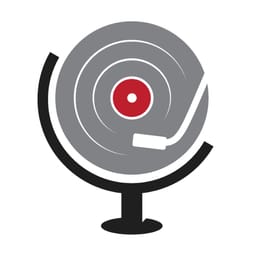 The TonearmLawrence Peryer
The TonearmLawrence Peryer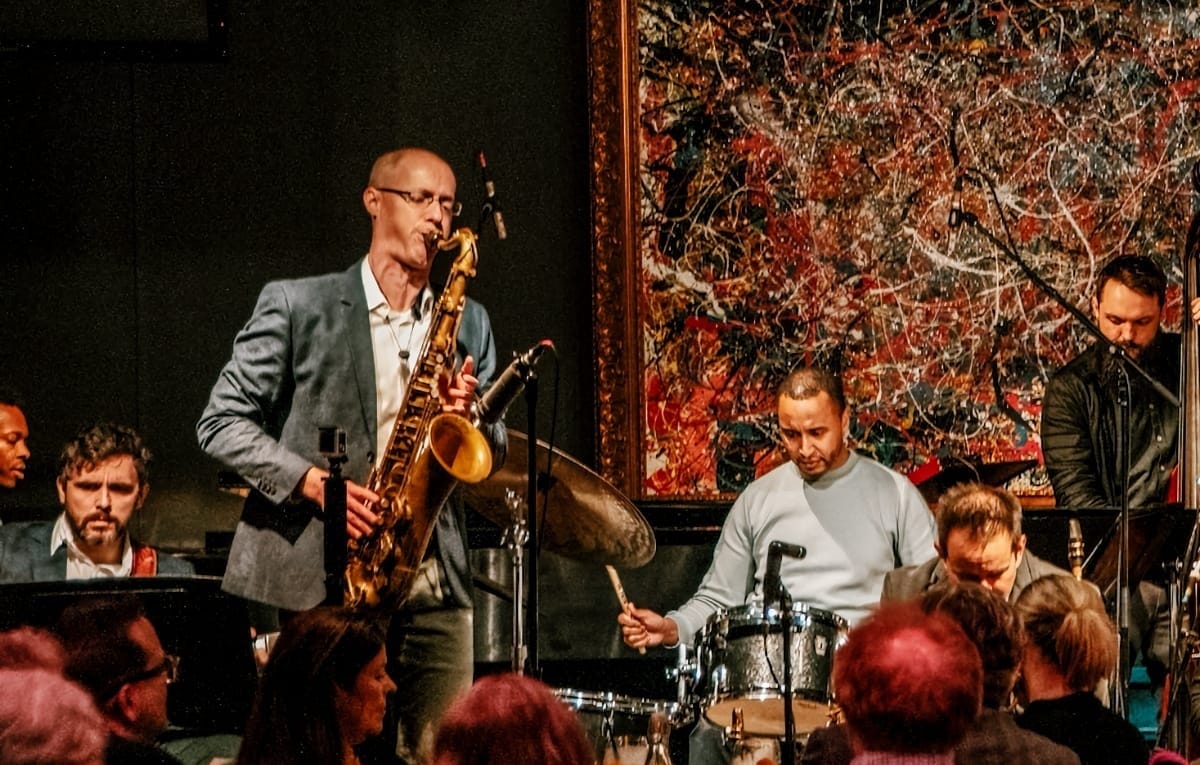
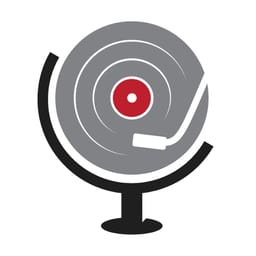 The TonearmLawrence Peryer
The TonearmLawrence Peryer




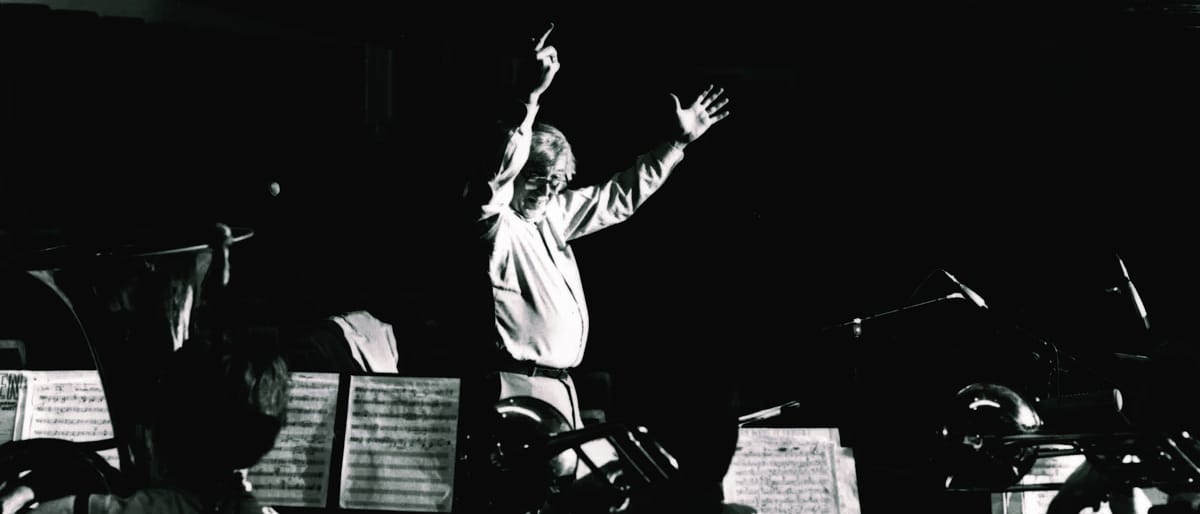
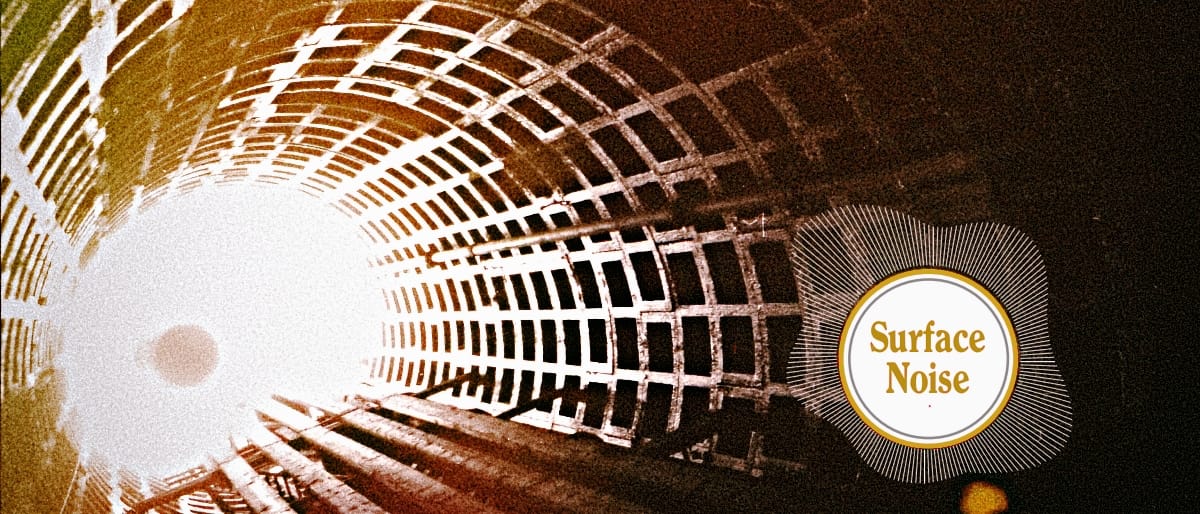
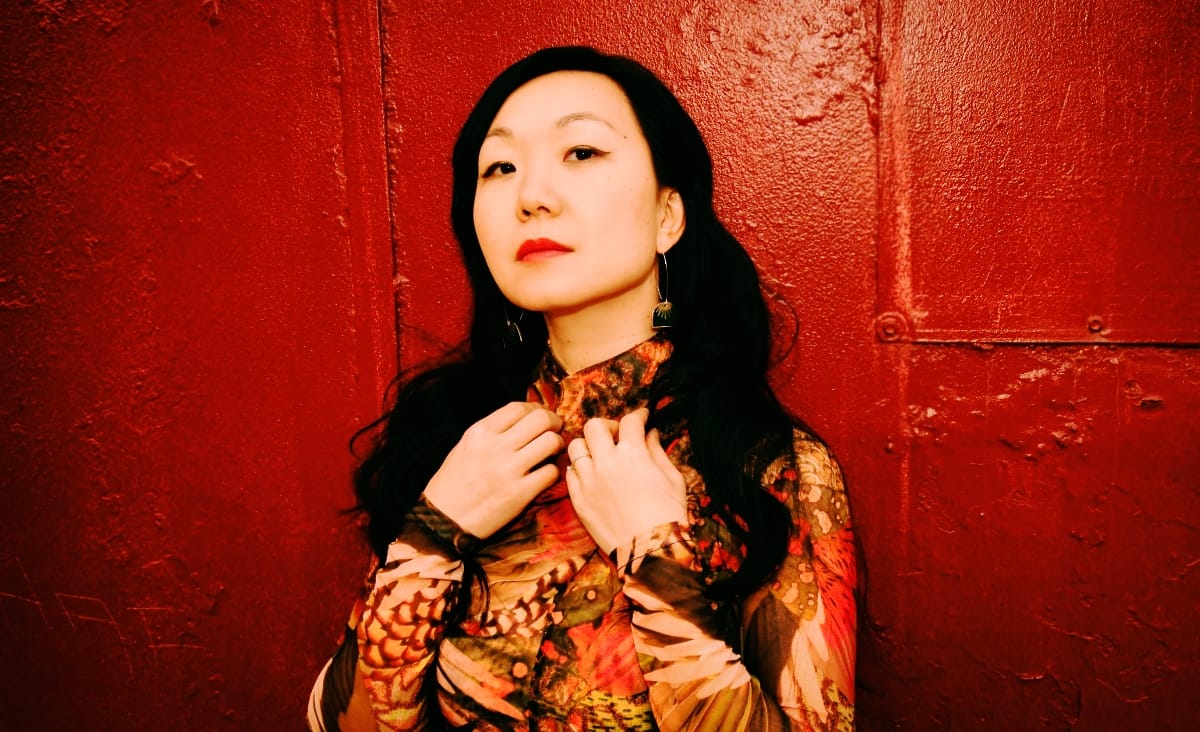
Comments